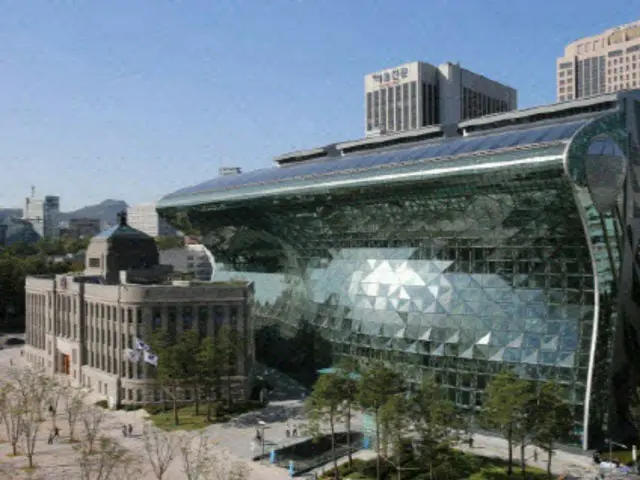Since 2008, Seoul City has been working to have each department individually build new information systems and replace aging equipment, with the aim of having the data center efficiently store the "information resources" needed.
The government is carrying out an "Information Resource Integration Construction Project" to redesign, integrate, and construct the information resources, thereby saving approximately 2 billion won (approximately 226 million yen) in the budget each year.
This year, we carried out a total of 418 system upgrades (277 hardware and 141 system software), and 25 departments and 3
The company plans to build new business systems for the 2010 business and to replace aging equipment in 24 departments by constructing new "information resources" such as servers, storage, networks, and information security equipment by the end of the year.
The city of Seoul plans to place emphasis on building a cloud-based information resource infrastructure and to increase resource utilization and response capabilities.
Seoul City is keeping pace with the recent spread of cloud technology, improving the utilization of information resources and response to failures, and improving the service.
In order to strengthen continuity, we are focusing on expanding the use of cloud services. Except in cases where this is not possible due to the peculiarities of the system, we plan to build and provide stable information resources based on the cloud.
The government also plans to create an open source-based cloud environment for small and medium-sized businesses in Korea, and expand its application from next year to provide a leading model for cloud services in the public sector.
We will establish a cloud-based disaster recovery system at the Seocho Center and Sangam Center, which are data centers that handle important information systems, to further strengthen our disaster preparedness.
Most information systems are duplicated in two data centers, but there is a problem that services cannot be provided if a disaster occurs at one center.
In order to prepare for the disaster, disaster recovery systems for important systems are being built in remote locations. This year, four important systems, including those for civic life and flood prevention, snow removal, taxation, and complaint handling, are being built remotely.
The plan is to build a system that will enable information resources used for disaster recovery to be fully cloud-based in order to minimize resource waste and service downtime.
Seoul City will continue to develop and maintain important information systems that are closely related to citizens' lives and essential for administrative operations.
The plan is to move to the cloud. Furthermore, to safely protect the information resources of the cloud infrastructure, the plan is to strengthen firewalls, network connections, and defenses against cyber attacks.
"By expanding the cloud-based information resource integration project, we will be able to increase the utilization of information resources and improve our ability to respond to disruptions, as well as to provide important services," said Park Jin Young, director of the Digital City Bureau.
"By working together to provide these services, we will actively strive to ensure that citizens can feel safe even in the event of a disaster."
2024/07/18 07:29 KST
Copyrights(C) Edaily wowkorea.jp 107

